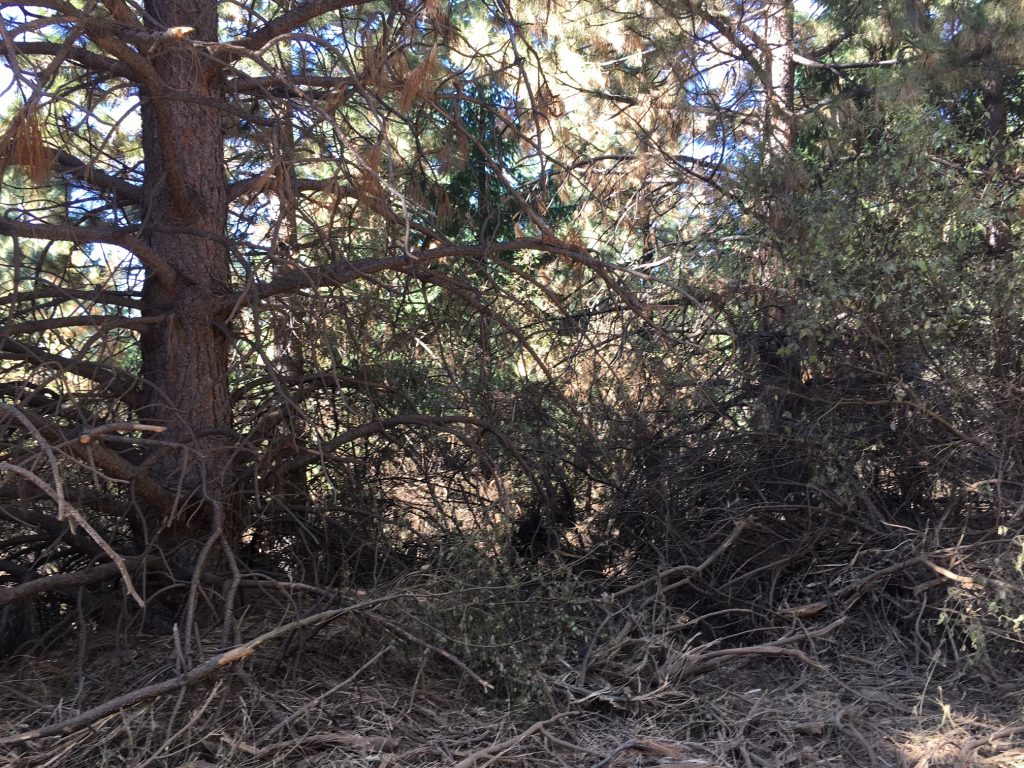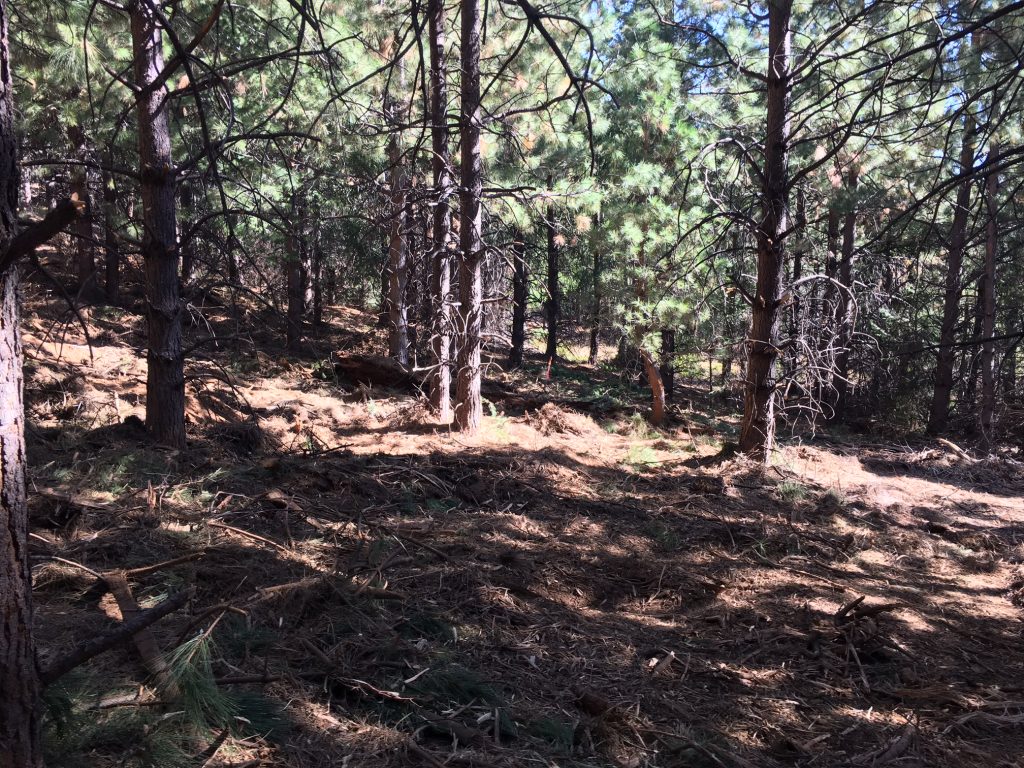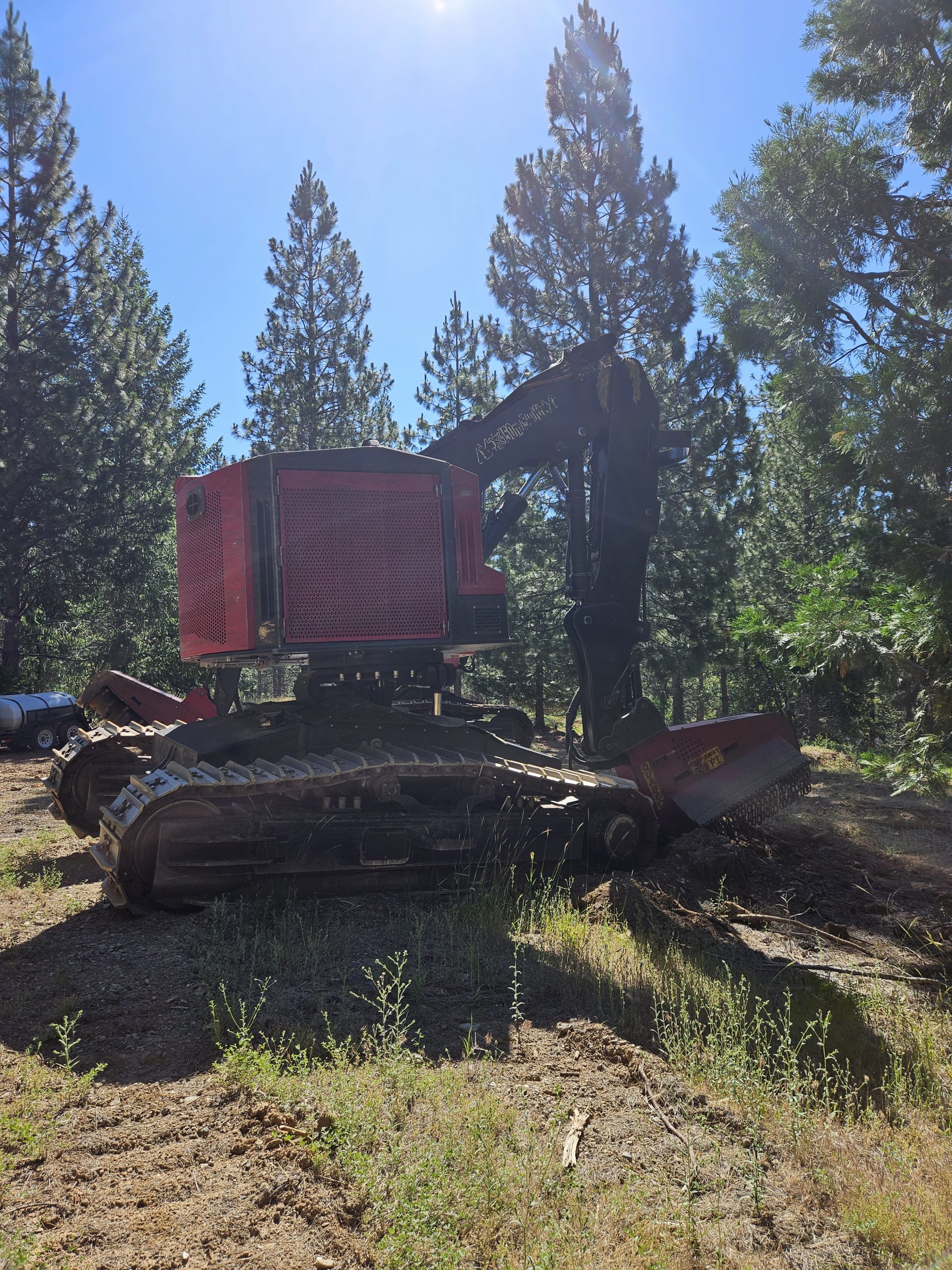Enhancing Wildlife Habitat and Wildfire Resilience in the Eldorado National Forest
A new collaborative project in the Eldorado National Forest is underway between the National Wild Turkey Federation, USDA Forest Service and the Great Basin Institute.
The Threefer Project, completed under the Cleveland-Icehouse Stewardship Project, addresses hazardous fuel buildup and habitat degradation in the Western Wildlands' region, particularly in the Northern Sierra Nevada area.
With a project estimate of $383,000 and partnerships with the Forest Service and the Great Basin Institute, the Threefer Project takes an integrated approach to restore crucial ecosystems and benefit various species, including Merriam’s and Rio Grande wild turkey, as well as deer, elk and grouse.
Partners on this project will masticate (grind, chop or shred) about 362 acres, as well as, hand thinning an additional 76 acres to help reduce hazardous fuels in a highly recreated area. The project aims to complete all work by this fall.
The Threefer Project will greatly benefit the wild turkey population in this area. The mastication and hand thinning management practices will effectively reduce the thick understory brush and create a more dispersed landscape. This will directly benefit wild turkeys as they rely on open spaces to forage for food.
The ecological impact of the Threefer Project extends beyond its direct benefits to wild turkeys. Throughout the National Forests in the region, overstocked vegetative stands pose a considerable risk of severe wildfires. By actively managing and thinning these stands, the project mitigates the potential for devastating wildfires that can decimate entire ecosystems and wildlife populations.

Photo credit: Great Basin Institute
Photo credit: Great Basin Institute

Photo credit: Great Basin Institute
Photo credit: Great Basin Institute
By strategically treating these fuels along roads and ridge tops, the project enhances the resilience of the landscape and minimizes the risk of catastrophic fires. The reduction of dense vegetation also paves the way for controlled prescribed burns, essential for maintaining the fuel breaks and promoting biodiversity.
The Threefer Project aligns with the NWTF's conservation efforts at a landscape scale. The project area is adjacent to the Caldor Fire scar, where a devastating wildfire struck in 2021, resulting in the loss of critical habitat for numerous species, including wild turkeys. Given the accelerating rate of wildfires and habitat loss, it becomes imperative to maintain, enhance and restore habitats wherever possible.
Additionally, the Threefer project adjoins the work completed in the Twofer project, creating a continuous fuel break in the area. To date, the Cleveland Icehouse Stewardship has completed about 2,000 acres of habitat improvement.
The Threefer Project in Eldorado National Forest exemplifies the power of collaborative efforts in conservation. Through its landscape-scale approach and strategic partnerships, the NWTF sets a precedent for effective conservation delivery, fostering a healthier, more resilient ecosystem in the west. As we continue to face ecological challenges, projects like Threefer inspire hope and optimism for the future of wildlife and their habitats.
“It is great to be working in an area where I grew up camping, fishing, and hiking,” NWTF District Biologist Krista Modlin said. “It is a place I cannot wait to take my future son on similar adventures. By doing our part to restore this area, it helps ensure this place will be available for more generations to come.”
